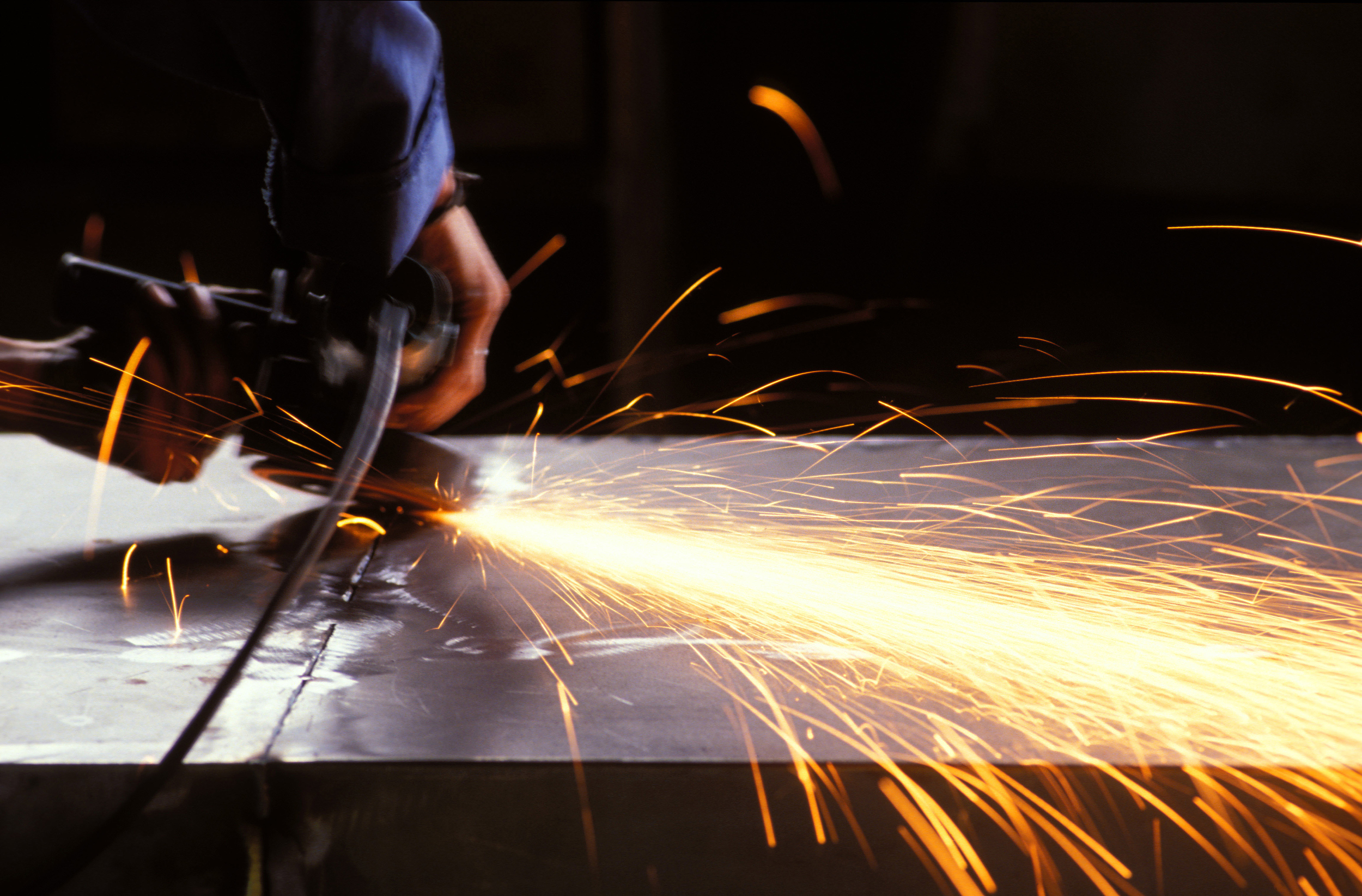Understanding the Importance of Cut-off Discs in Metalworking
In the realm of metalworking and fabrication, the choice of tools and equipment plays a crucial role in achieving precision and efficiency. Among the various tools available, cut-off discs—often referred to as abrasive wheels or cutting discs—are essential for various cutting tasks. This article delves into the significance of cut-off discs, particularly focusing on the 4 1/2-inch variety, exploring their applications, types, and best practices for use.
What are Cut-off Discs?
Cut-off discs are thin, flat circles made from abrasive materials, designed to cut through metals, plastics, or other materials with precision. They are typically mounted on angle grinders or similar machines, allowing the user to execute clean cuts in a variety of materials. The size of the disc plays a vital role in its effectiveness for different tasks, and the 4 1/2-inch disc is one of the most commonly used sizes in both professional and DIY settings.
Applications of 4 1/2-inch Cut-off Discs
The versatility of 4 1/2-inch cut-off discs makes them suitable for a wide range of applications. They can be used to cut metal rods, pipes, and sheets, making them indispensable in construction, plumbing, automotive repair, and metal fabrication processes. Beyond metalwork, these discs can also be applied to cutting materials such as ceramic tiles, concrete, and certain plastics, provided that the right type of disc is chosen for the specific material.
Types of Cut-off Discs
Cut-off discs come in various types, each tailored to different materials and purposes. The most common types include
1. Metallic Cut-off Discs These are designed with a particularly abrasive material suited for cutting through metals. They provide a clean cut while minimizing heat generation, which is crucial for maintaining the integrity of metal components.
2. Diamond Blades These discs are embedded with diamond particles and are primarily used for cutting hard materials like concrete, masonry, and stone. Their durability makes them perfect for heavy-duty cutting tasks.
discos de corte 4 1/2

3. Wood Cutting Discs While less common than metal discs, there are specialized discs made for cutting wood that utilize a different abrasive coating to ensure clean cuts without damaging the material.
4. Multi-purpose Discs These discs combine the features of different types of blades and can be used to cut various materials under less intensive conditions.
Best Practices for Using Cut-off Discs
Safety is paramount when using cut-off discs. Here are some best practices to ensure safe and effective use
- Personal Protection Equipment (PPE) Always wear safety goggles, gloves, and a dust mask to protect against flying debris and dust inhalation. - Correct Speed and Pressure Follow the manufacturer's instructions regarding the maximum RPM for the cut-off disc to prevent breakage. Apply consistent pressure, allowing the disc to do the cutting instead of forcing it through the material.
- Proper Storage Discs should be stored in a cool, dry place to prevent degradation. Avoid exposing them to extreme temperatures or humidity.
- Regular Inspection Before use, inspect the disc for any signs of wear or damage. A damaged disc can result in serious injury and should be replaced immediately.
Conclusion
Cut-off discs, particularly the 4 1/2-inch variety, are essential tools in the metalworking sector. Understanding their applications, types, and safety measures will help users maximize their effectiveness while ensuring their own safety. Whether you're a professional tradesperson or a DIY enthusiast, choosing the right cut-off disc for the task at hand can make all the difference in achieving clean, precise cuts.
Post time:Dec - 26 - 2024

















